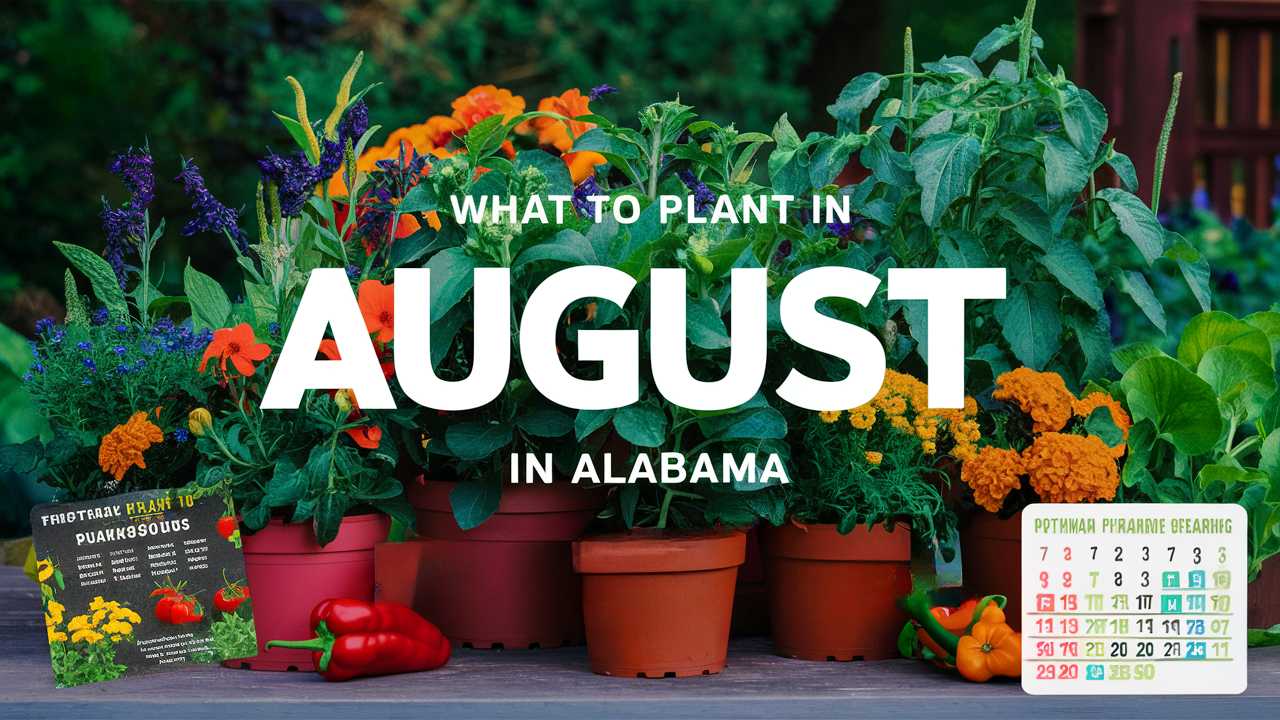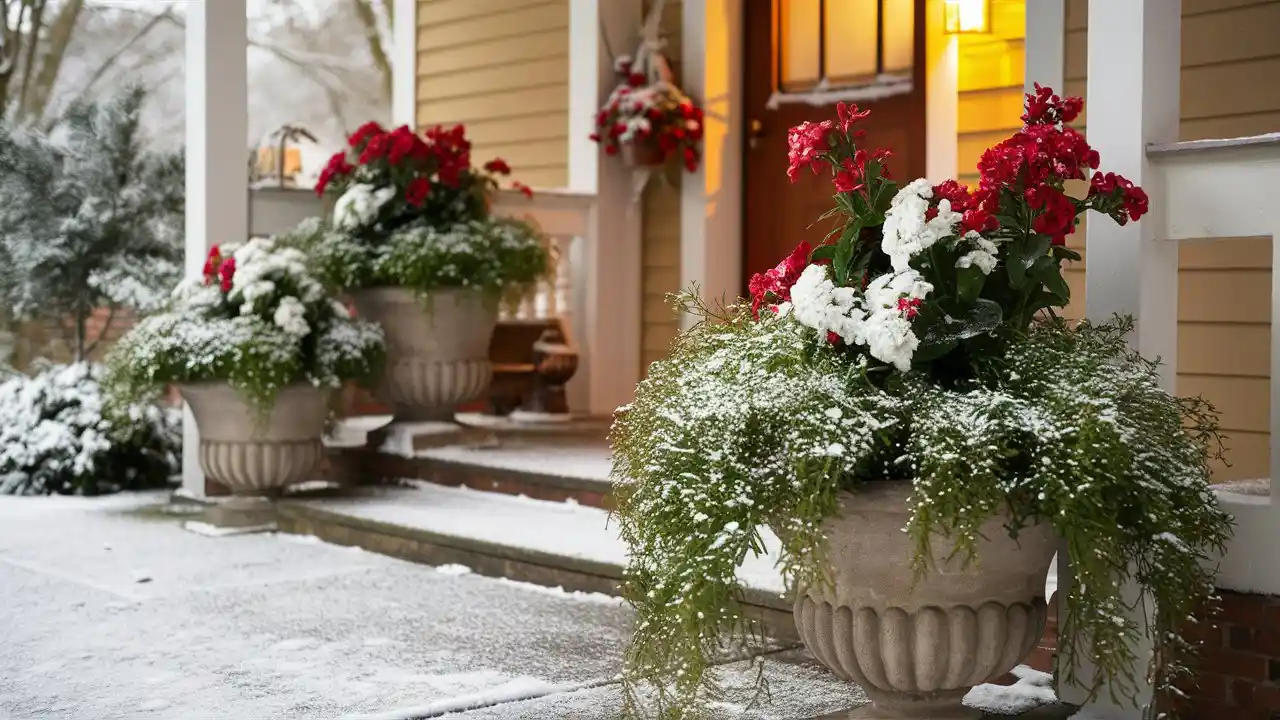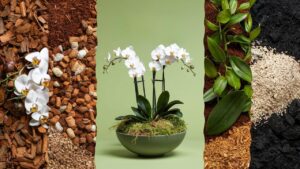This guide will walk you through various vegetables, flowers, herbs, and landscape plants that can thrive when planted in August.
Vegetables To Plant
August is a great time to plant vegetables that will mature in the cooler autumn months. Here are ten plants that you can seed or transplant this month in Alabama:
Southern Peas (Black-eyed Peas)
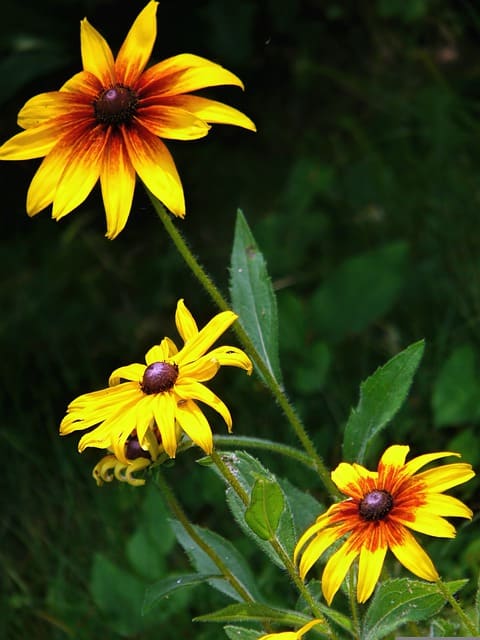
Southern peas thrive in the warm Alabama climate, making them perfect for August planting. These legumes can be planted until mid-August in most of Alabama. They prefer temperatures between 70°F and 95°F, with germination occurring best at 85°F.
Tips for Success: Ensure that your soil is well-drained, as black-eyed peas are susceptible to root rot in overly wet conditions. They are also drought-tolerant once established, making them ideal for Alabama’s late summer.
Summer Squash
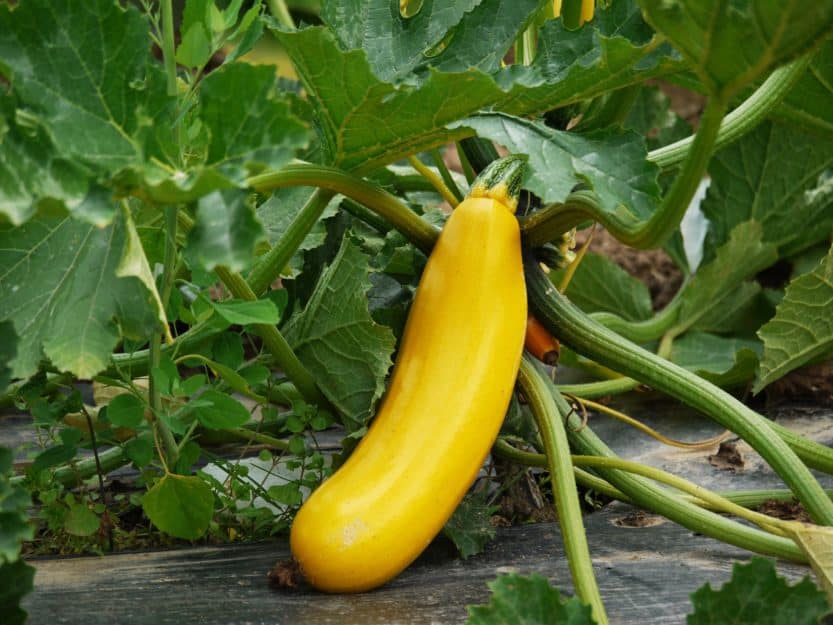
Summer squash, including zucchini and yellow squash, can be planted in early August. These versatile crops do well in warm temperatures, ideally between 70°F and 90°F, and you can expect a harvest in approximately 50 to 60 days.
Growth Needs: Plant in fertile, well-drained soil with full sun exposure. They require regular watering, particularly during dry spells; ensure to water at the base to prevent fungal diseases.
Cucumbers
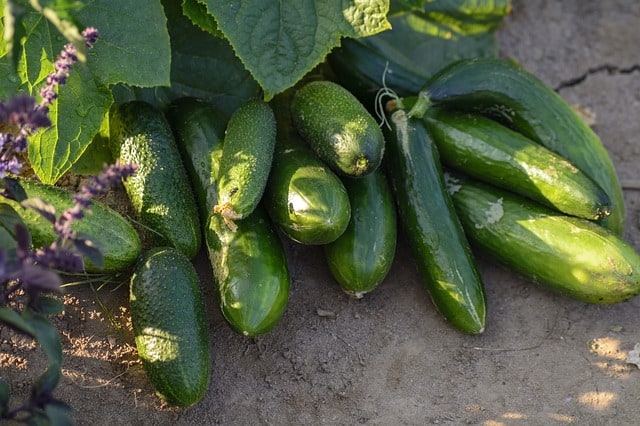
Cucumbers can be planted in Alabama well into August. If planted early in the month, there’s still time to harvest before the cooler temperatures set in. Cucumbers prefer a temperature range of 70°F to 85°F for optimal growth.
Care Instructions: Space cucumber seeds about one inch apart when sowing directly into the soil. They require consistent moisture and benefit from trellising to maximize space and air circulation.
Collard Greens
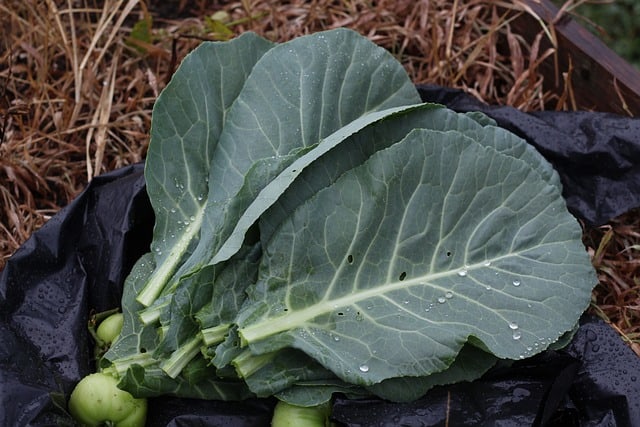
Collard greens are a cold-tolerant crop, and planting in August sets them up for a successful fall harvest. They can endure a variety of temperatures but perform best in the cooler conditions of fall, making them excellent for August planting.
Nutritional Value: This leafy green is high in vitamins K and C, making it a nutritious addition to your garden. Plant collard greens in full sun to partial shade with ample spacing to allow for their sizeable leaf growth.
Turnips
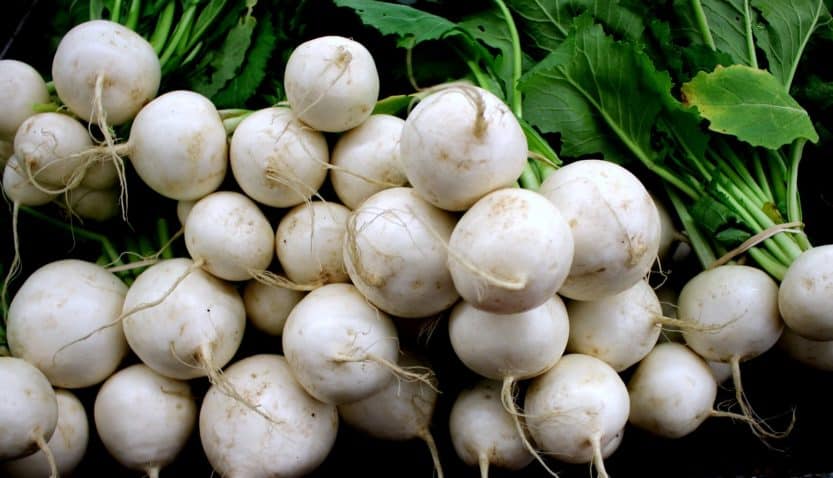
Turnips are another root vegetable that thrives when planted in August. These crops prefer cooler temperatures and can be harvested in about 40 to 60 days. Both the roots and greens are edible, providing two harvests from a single planting.
Growing Tips: Ensure to space turnip seeds appropriately for optimal growth and prevent overcrowding. They prefer well-drained, fertile soil, so amend with compost if your soil lacks nutrients.
Radishes
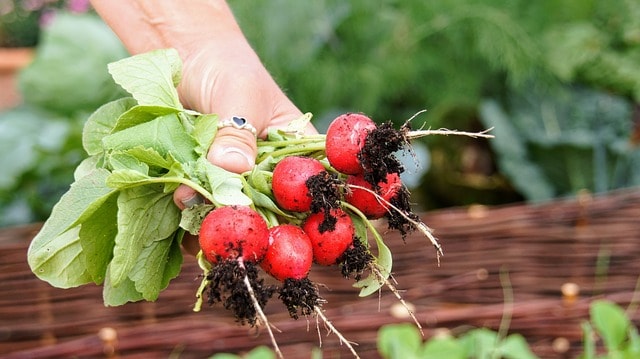
Radishes are fast-growing and can be planted in Alabama throughout August. They can finish in as little as three to four weeks, making them an excellent choice for late summer planting. Radishes prefer cooler temperatures, ideally between 50°F and 75°F.
Varieties: Consider planting a mix of fast-growing varieties like Cherry Belle and French breakfast for a colorful and diverse harvest. They prefer lighter soil for easier growth and root development.
Beets
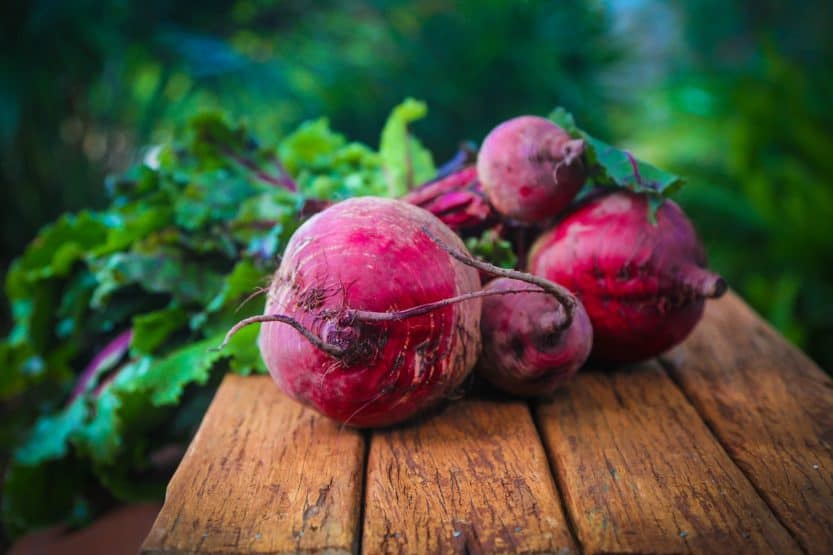
Beets thrive in cooler temperatures and can be planted in Alabama through mid-August. They typically mature in about 50 to 60 days. The ideal temperature range for beet germination is between 50°F and 86°F, so monitor soil temperature for best results.
Culinary Use: Both the roots and the greens are edible, enriching your garden’s diversity. Beets appreciate well-worked soil, so ensure to till deeply before planting.
Broccoli
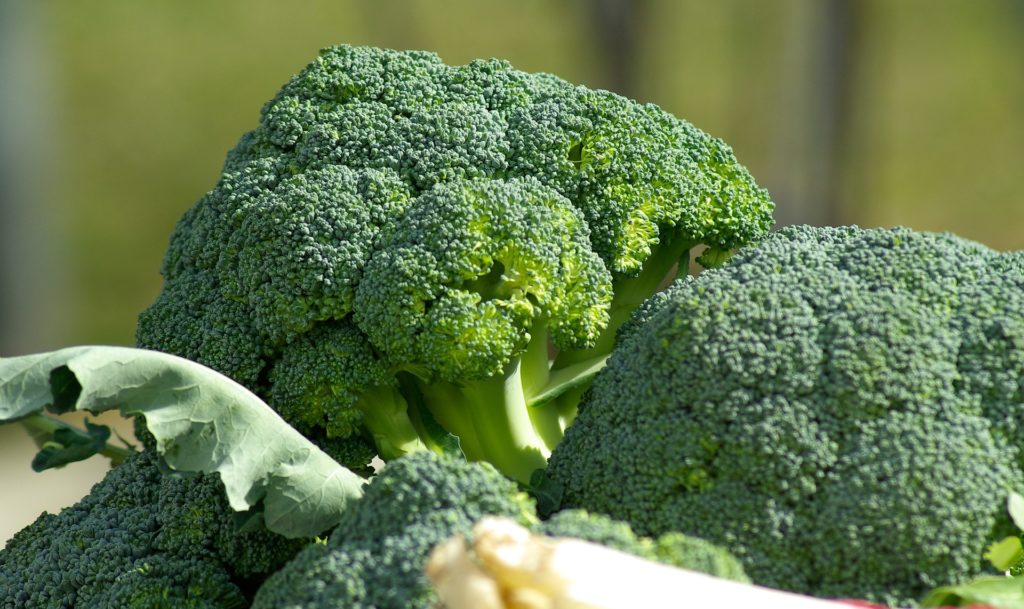
Broccoli seedlings can be set out in August, allowing the plants to mature through the fall. This cool-weather crop likes installation temperatures between 60°F and 70°F for optimal growth.
Planting Techniques: Start your seeds indoors six weeks before planting or purchase transplants from a nursery. Broccoli prefers fertile, well-draining soil with consistent watering for best yields.
Carrots
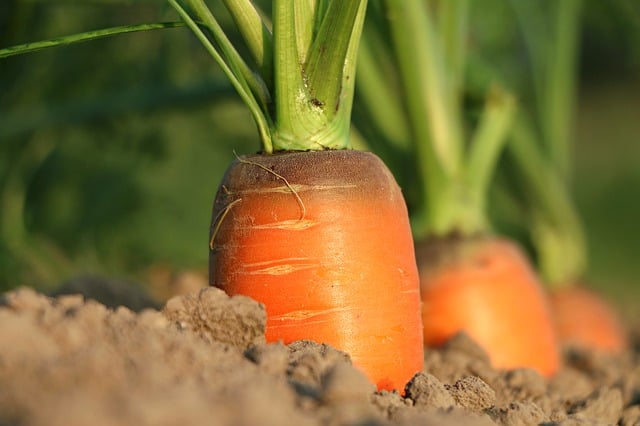
Carrots can also be directly sown in August, providing a late fall harvest. They prefer temperatures ranging from 60°F to 70°F for optimal growth and can be sown until late in the month.
Soil Preparation: Carrots grow best in loose, sandy soil free from stones to prevent deformities. Additionally, ensure consistent moisture as they germinate for successful growth.
Swiss Chard
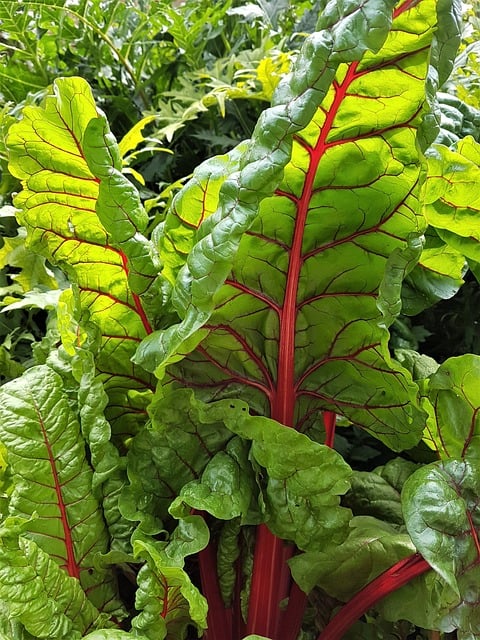
Swiss chard is similar to collards in its resilience to cooler temperatures, making it an ideal plant for August sowing. It grows best in temperatures between 55°F and 70°F and can provide greens long into the fall.
Nutrient Requirement: Chard is nutrient-hungry, so you’ll want to enrich your soil with compost or a balanced fertilizer before planting. Its bright, colorful stems also add aesthetic value to your garden.
Flowers To Plant
August is also a time for planting flowers that will bring autumn beauty to your landscape. Here are ten flowers suitable for August planting in Alabama:
Snapdragons
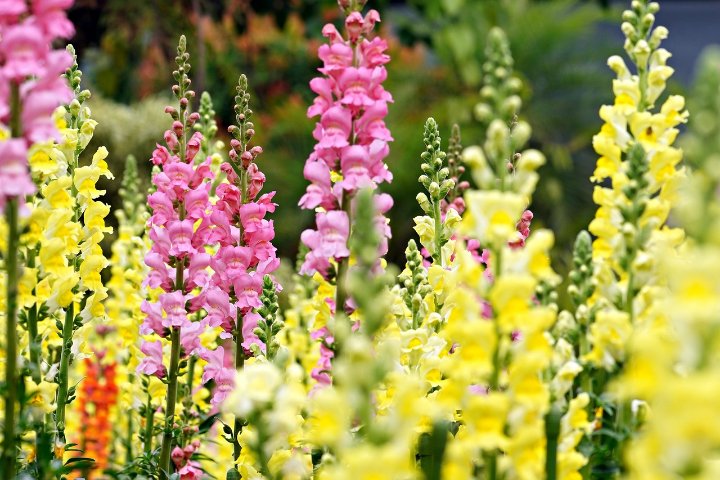
Snapdragons are cool-weather flowers that can be planted in August for fall blooms. They are hardy and can withstand temperatures as low as 30°F. These flowers thrive in well-drained soil and full sun.
Planting Tips: Start seeds indoors and transplant them to your garden or directly sow seeds outdoors, ensuring the ground is kept moist as they germinate.
Pansies
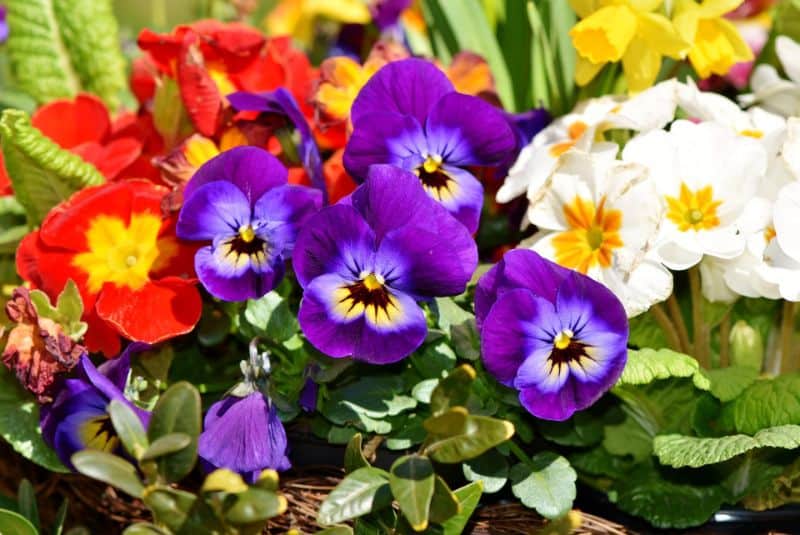
Pansies can be planted in late August in Alabama, giving them time to establish roots before the cooler weather arrives. These flowers can survive temperatures as low as 25°F, making them ideal for fall planting.
Varieties: Choose from a wide variety of colors and patterns. Pansies flourish in well-drained soil with organic matter and require consistent moisture.
Ornamental Cabbage and Kale
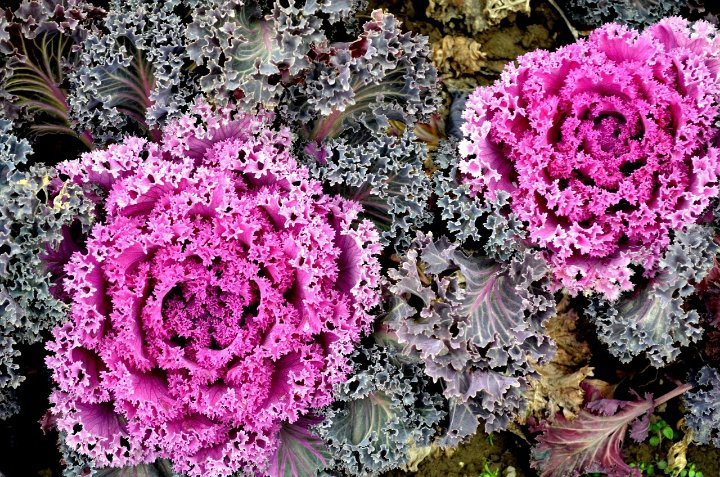
Ornamental cabbage and kale are perfect for adding color to your fall garden. They can withstand temperatures as low as 20°F, providing vibrant colors throughout the winter months.
Growth Care: Ensure they are planted in nutrient-rich soil and given adequate moisture so the foliage remains lush and vibrant.
Asters
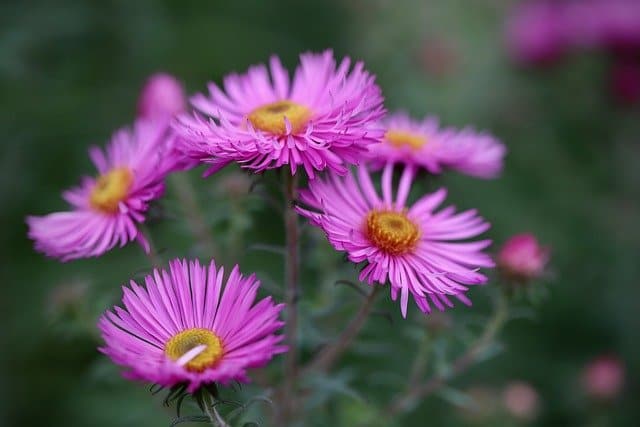
Asters thrive in the cooler temperatures of fall and can be sown in August. These perennials produce star-shaped flowers and can withstand frost, making them resilient additions to your garden.
Specific Varieties: Look for New England or Michaelmas Asters for beautiful displays of purple, blue, and white flowers. They prefer full sun and well-drained soil.
Cosmos
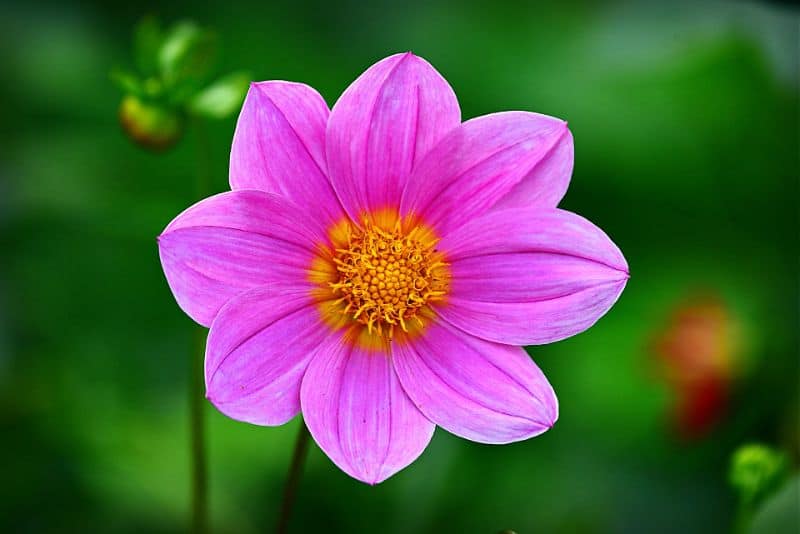
Cosmos are hardy annuals that can be planted in early August. They adapt well to varying conditions, thriving in hot weather and poor soils, with an ideal growing temperature of about 70°F to 75°F.
Others: Cosmos blueberry and purity are lovely options that attract pollinators such as butterflies. Space them adequately to allow for their tall growth and for better air circulation.
Zinnias
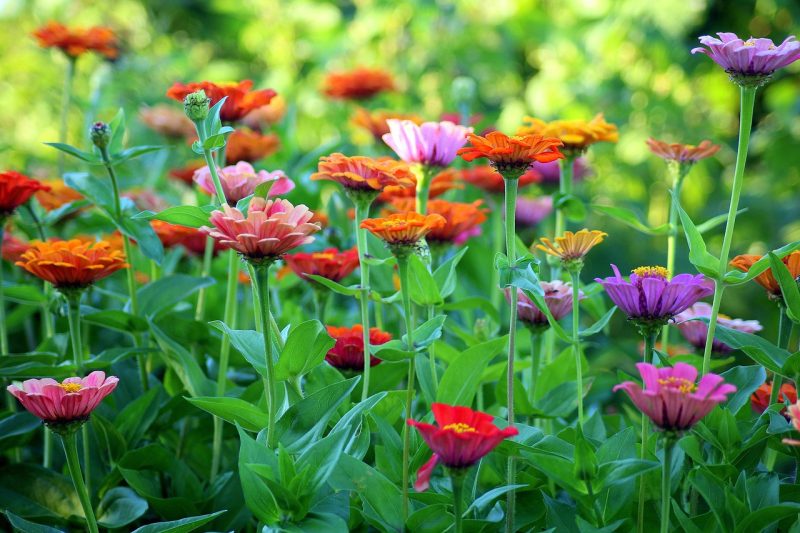
Zinnias are popular summer-blooming flowers that can be sown in August. They thrive in heat and can continue blooming until the first frost. Ideal temperatures range from 70°F to 90°F.
Care Requirements: Provide well-drained soils for zinnias and do not overcrowd; this allows for better air circulation and prevents mildew.
Marigolds
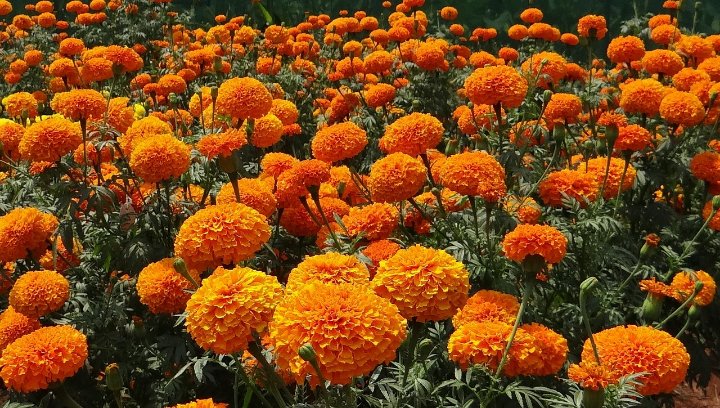
Marigolds are heat-loving flowers that can be planted in August. They are tough annuals that can withstand a variety of conditions, blooming well into fall. They thrive at temperatures between 65°F and 75°F.
Benefit: Marigolds are known for their pest-repellent properties, making them an excellent companion plant in vegetable gardens. Plant them in sunny spots with moderate watering.
Mums (Chrysanthemums)
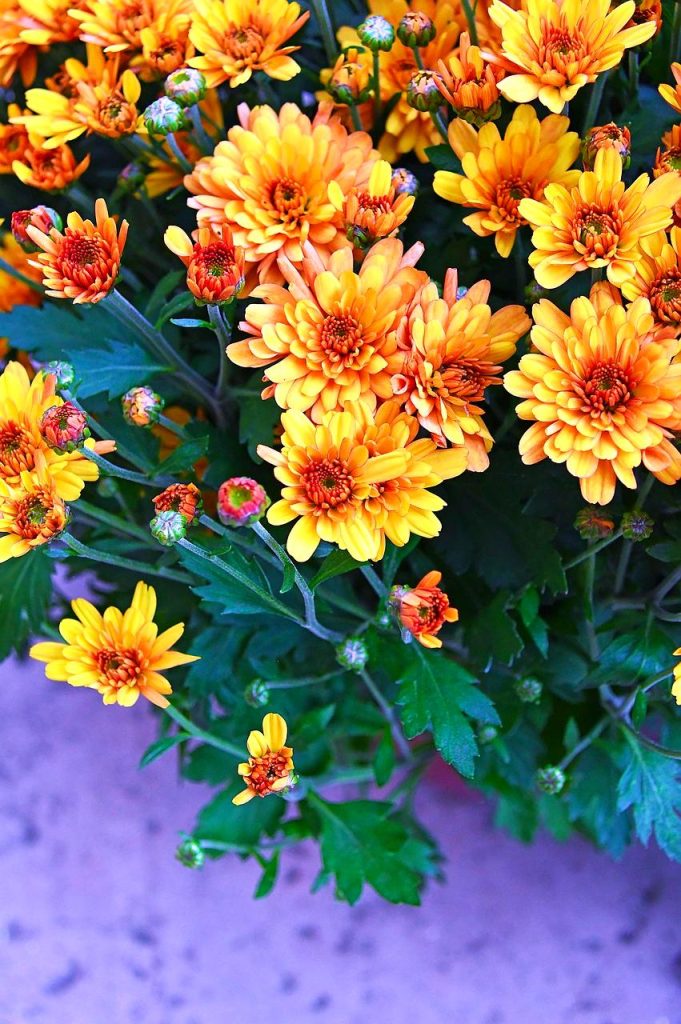
Chrysanthemums can be planted in late August to achieve vibrant floral displays in early fall. They generally handle cooler temperatures, down to 20°F, making them suitable for Alabama’s climate.
Varieties: Many variants come in various colors: red, yellow, pink, and white. They’re particularly attractive to pollinators and are perfect for fall decoration.
Sunflowers
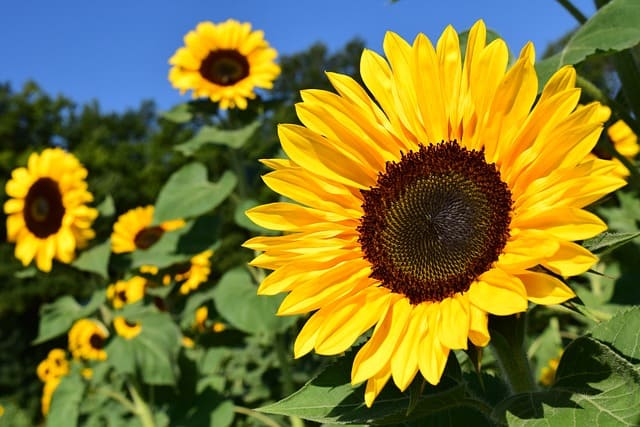
August is still a good month for sunflowers, especially in the southern parts of Alabama. They thrive in bright, sunny conditions and can continue blooming until frost. Ideal temperatures for growth are between 70°F and 85°F.
Growing Guidance: Sow seeds directly in the garden, ensuring they are spaced appropriately to allow for their vast growth. Sunflowers are low-maintenance but do enjoy well-drained soil.
Penstemons
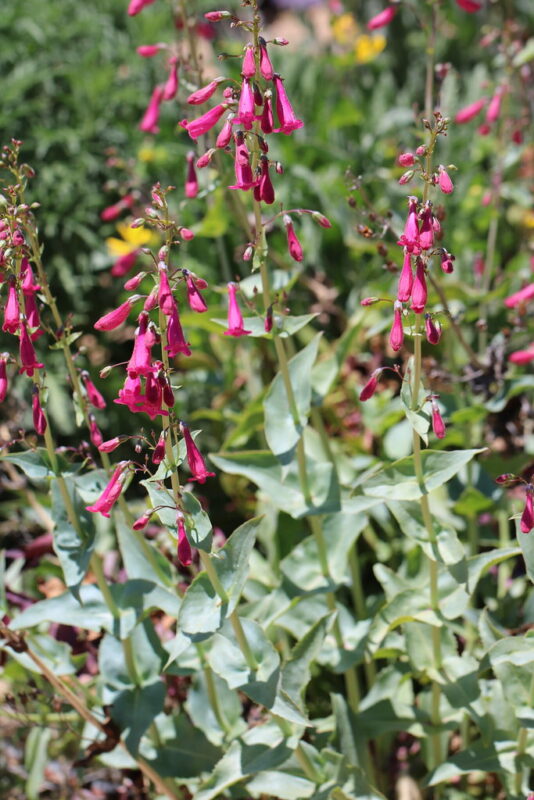
Penstemons are beautiful perennials that add vibrant color to your garden. They can be planted in August to establish before winter in Alabama’s climate. They thrive in moderate temperatures and can tolerate light frosts.
Care Instructions: These flowers prefer well-drained soils and full sun. They also attract hummingbirds, which adds further life and interest to your landscape.
Herbs To Plant
Herbs thrive in Alabama’s warm climate, and planting them in August can set you up for flavorful dishes throughout the fall and even into the winter. Here are ten herbs to consider:
Basil
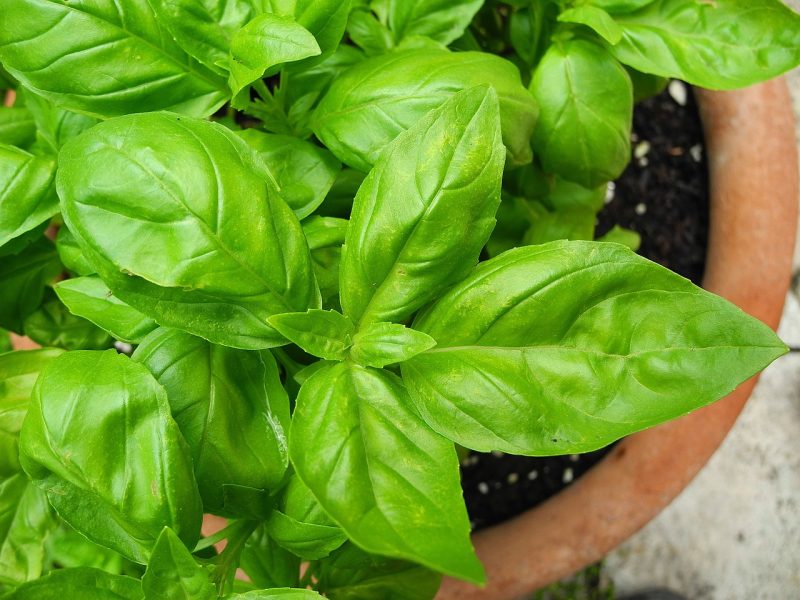
Basil is a warm-season herb that can be sown in August, especially in southern Alabama. It flourishes in warm temperatures between 70°F and 85°F. This aromatic herb is an essential ingredient in many culinary dishes.
Planting Guidance: Basil prefers well-drained soil with plenty of sunlight. Regular harvesting will encourage bushier growth and prevent the plant from bolting.
Cilantro
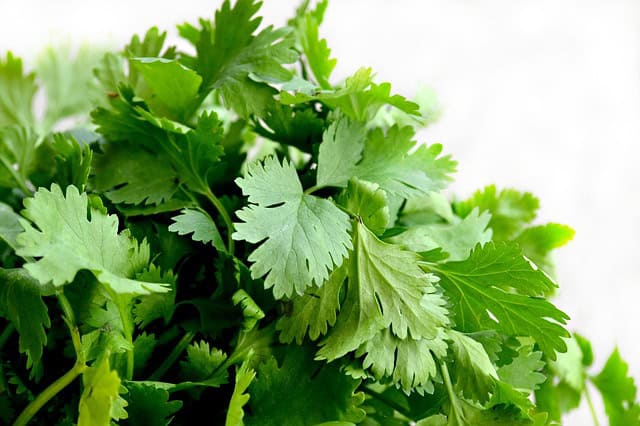
Cilantro can be successfully planted in August for a fall harvest. This cool-weather herb does well with outdoor temperatures between 50°F and 75°F, making late summer planting ideal.
Use in Cooking: Both the leaves and seeds ( coriander) are used in various dishes. Make sure to provide consistent moisture to keep the plants thriving.
Oregano
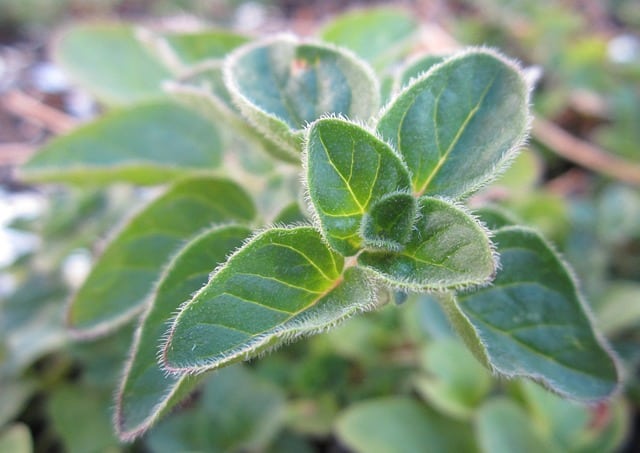
Oregano is a resilient herb that can be planted in late summer. It can tolerate temperatures down to 20°F and prefers full sun. This hardy perennial is perfect for gardens and herb pots.
Care Requirements: Oregano grows best in well-drained soil and requires minimal watering once established. It’s ideal for Mediterranean cuisines and makes an excellent dried herb.
Dill
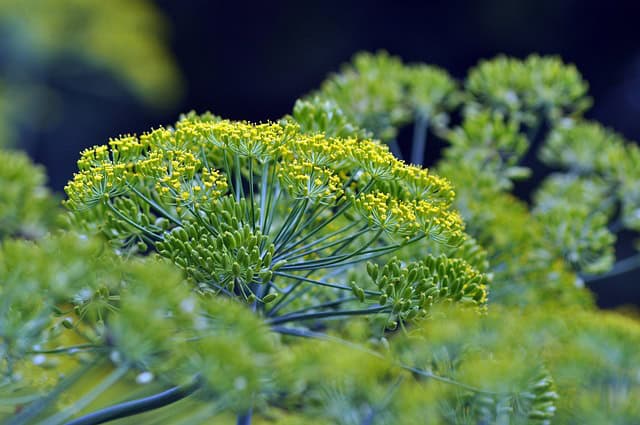
Dill is another herb that thrives in cooler weather and can be planted in August. It grows well in temperatures from 60°F to 75°F and will bolt if temperatures rise too high.
Culinary Appeal: Dill leaves are used for seasoning, and its seeds can be harvested for pickling. Ensure dill has ample space, as it needs room to grow tall and doesn’t like overcrowding.
Thyme
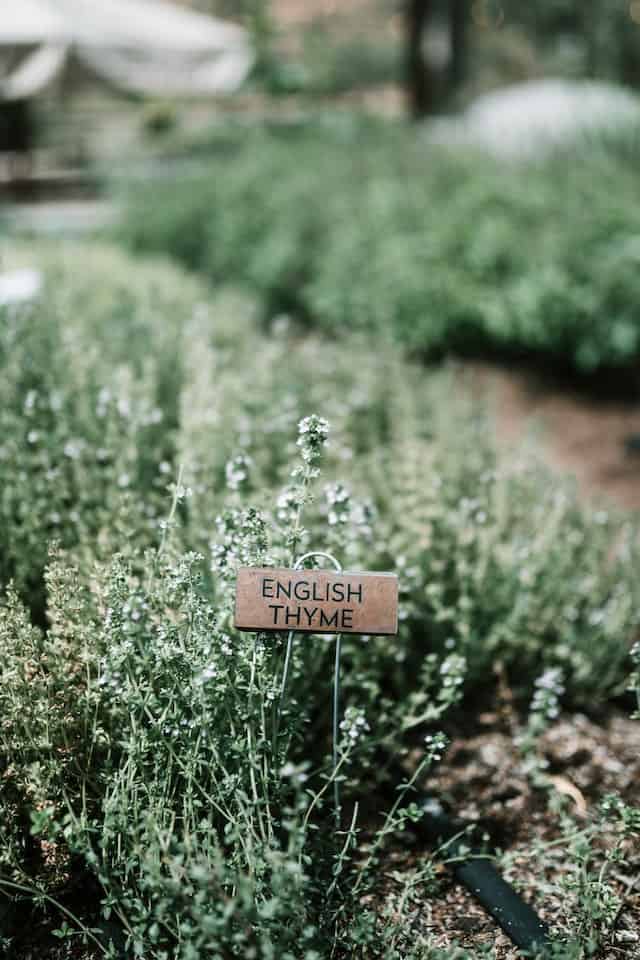
Thyme is an essential herb for many culinary applications, and it can be planted in August as well. This hardy perennial loves heat but can withstand cooler fall temperatures.
Planting Tips: Thyme thrives in well-drained soil and does not require excessive watering. It pairs well with savory dishes and has health benefits as an antimicrobial herb.
Chives
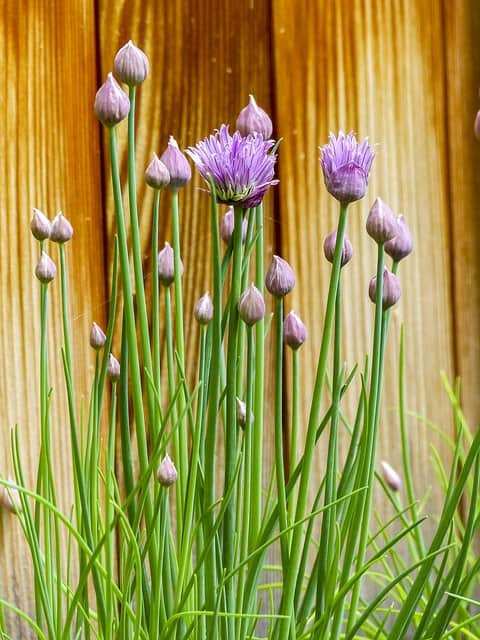
Chives can be planted in August, especially towards the end of the month. They are hardy perennials that can withstand colder temperatures and prefer growing environments around 60°F to 75°F.
Use in Dishes: Both the leaves and flower buds are edible. They also grow well in containers, making them versatile for different garden settings.
Parsley
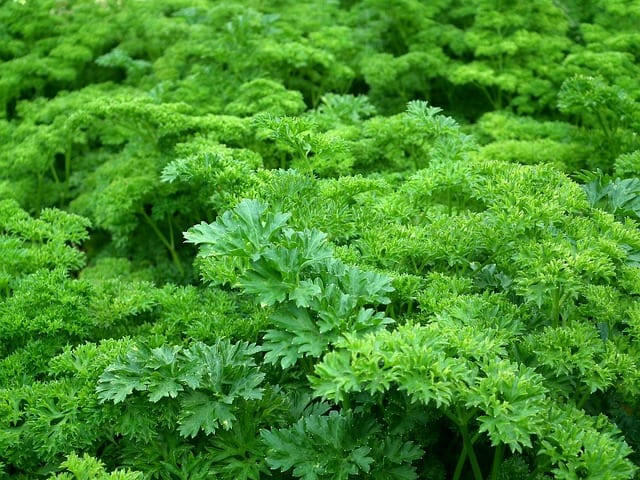
Parsley can be sown in August, thriving in temperatures from 60°F to 75°F. It’s a biennial herb that is often grown as an annual in gardens, providing foliage for garnishes and salads.
Sunlight/Water Needs: Parsley grows well in full sun or partial shade. Keep the soil consistently moist but not saturated for best results throughout its growing season.
Mint
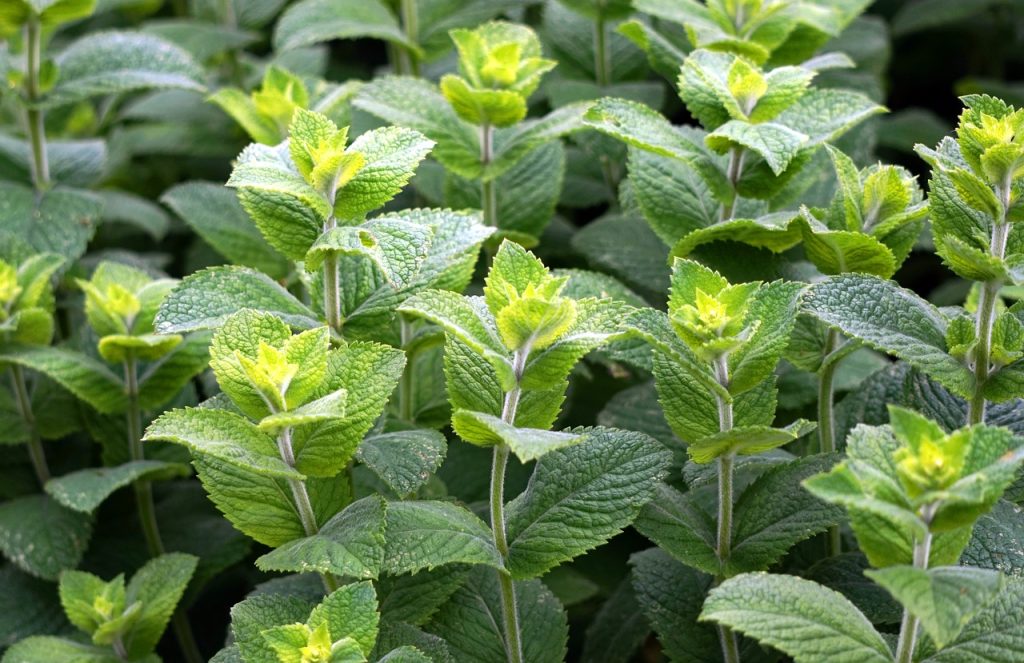
Mint is a vigorous grower that can be planted in August. While it prefers warm temperatures, it can tolerate cooler ones, making it suitable for planting this month.
Growing Guidance: Mint spreads rapidly, so consider planting it in containers to keep it contained. The aromatic leaves enhance many dishes and beverages.
Sage
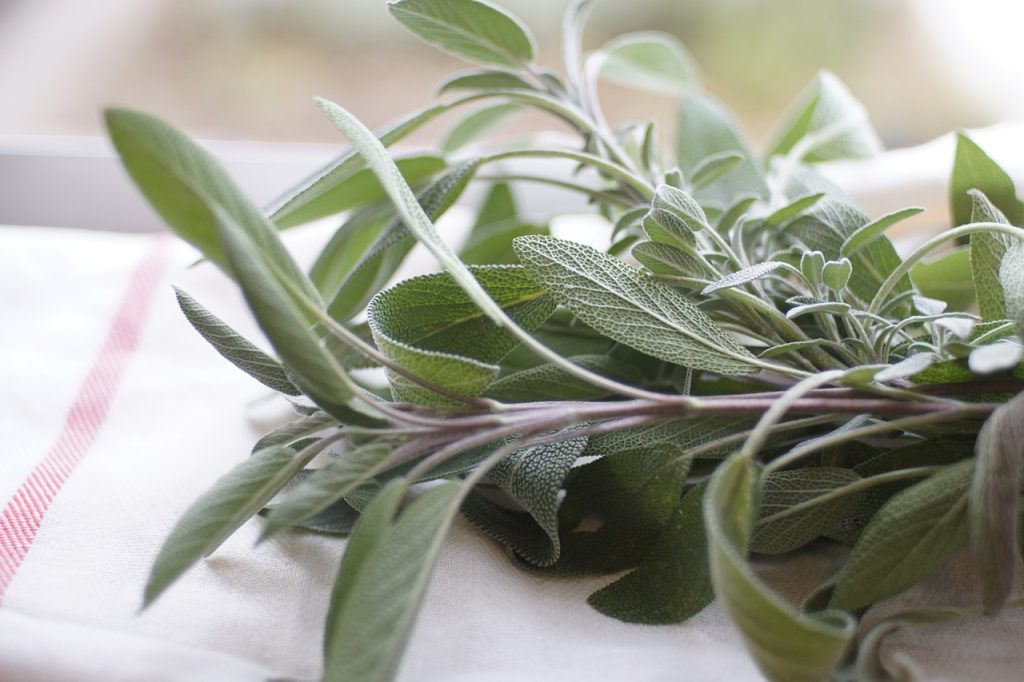
Sage can be planted late in August, especially in southern regions of Alabama. It prefers warm temperatures but is frost-tolerant, giving gardeners flexibility in timing.
Use in Cooking: Widely used for flavoring meat dishes, sage is a low-maintenance herb that thrives in well-drained soil and full sun exposure.
Catnip
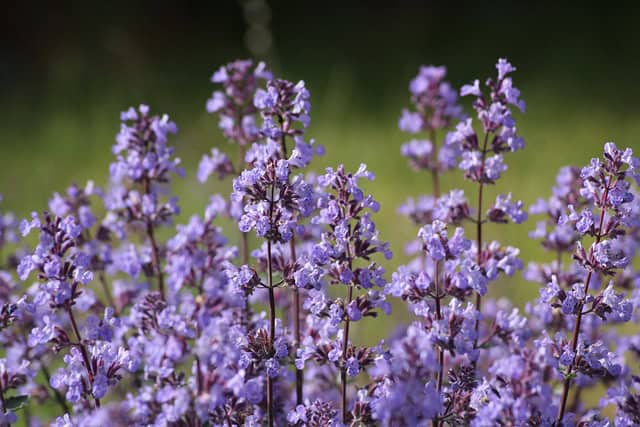
Catnip can be seeded in August and typically can handle cooler weather as well. This herb thrives particularly well in warmer temperatures between 70°F to 80°F.
Cultural Significance: It’s not only attractive to cats, but its leaves can be steeped for tea believed to have calming properties. Keep catnip in a sunny, well-drained location.
Landscape Plants To Plant
August is also a great time for landscaping projects in Alabama. Here are ten landscape plants worthy of consideration:
Crepe Myrtle
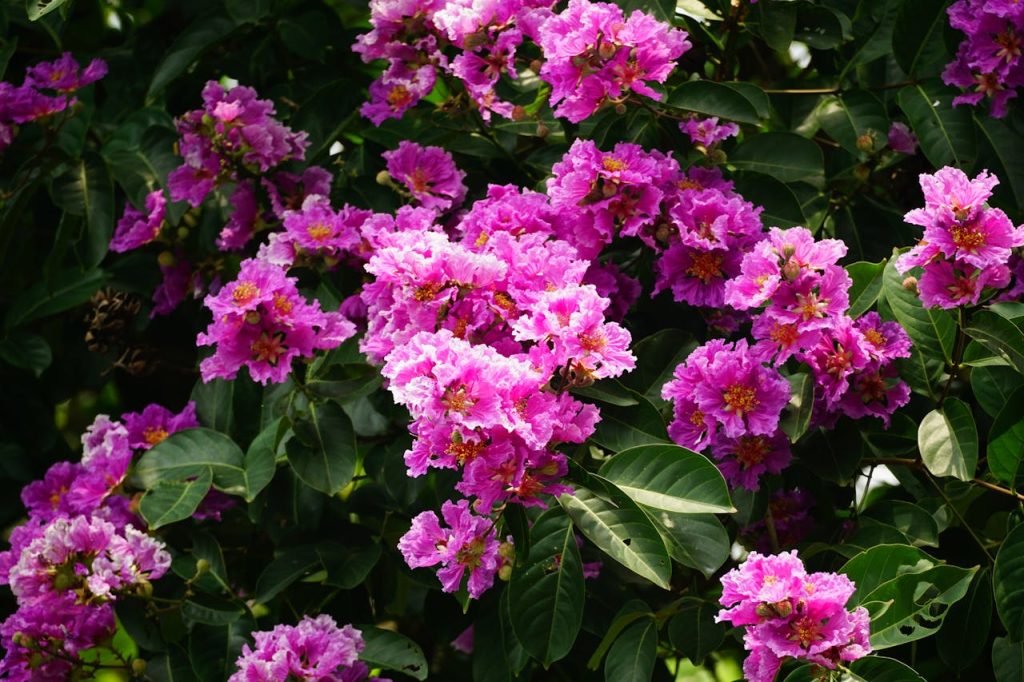
Crepe myrtle is a staple in Alabama landscapes. They can still be planted in early August and are loved for their vibrant summer blooms and attractive bark. These versatile trees can grow well in both full sun and partial shade.
Watering Guidance: Ensure to provide adequate water, especially during the first growing season, as they establish their roots. They can tolerate drought conditions once established.
Azaleas
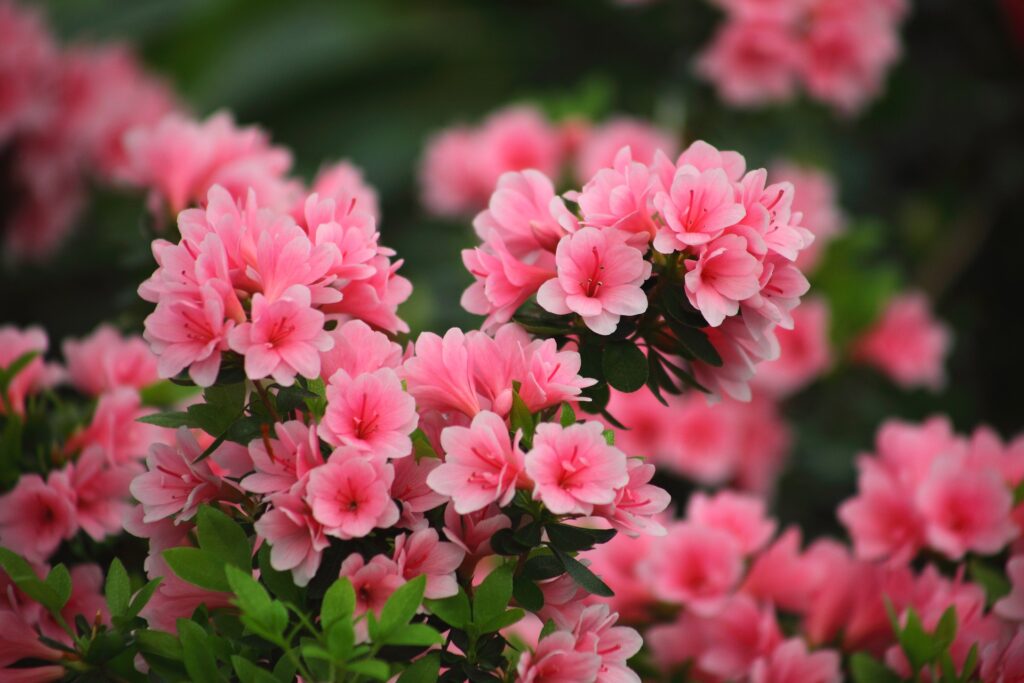
Azaleas can be successfully planted in August, particularly in their southern Alabama habitats. They thrive in partial shade and prefer well-drained acidic soils, making them perfect for shaded garden spots.
Blooming Season: Azaleas typically bloom in spring, but planting in late summer gives them a chance to establish roots before blooming season. They prefer consistent moisture and mulching to retain soil moisture.
Camellias
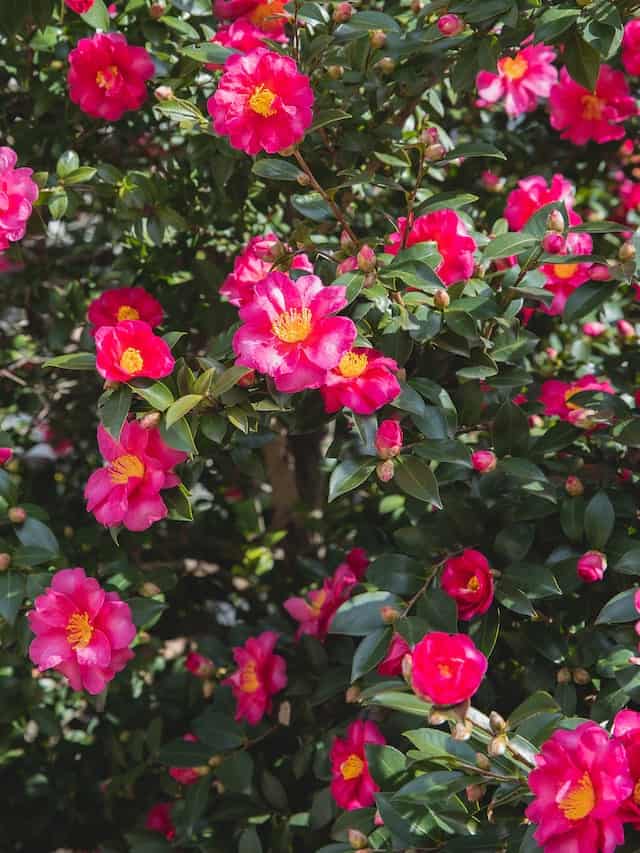
Camellias can be planted during August in many parts of Alabama. These evergreen shrubs are celebrated for their beautiful blooms during the winter and early spring when most plants are dormant.
Growing Tips: Camellias require well-drained acidic soil and prefer partial shade. Regular watering during dry spells will help establish these beautiful additions to your garden.
Daylilies
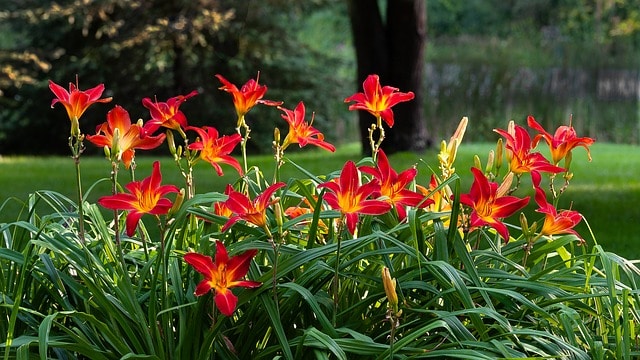
Daylilies are hardy perennials that can be planted in August. They adapt well to various soils and growing conditions, making them a beloved choice for Alabama landscapes.
Foliage and Flowers: Daylilies provide colorful blooms, and both the flowers and the edible foliage can be enjoyed in dishes. Once established, they are drought-tolerant.
Butterfly Bush
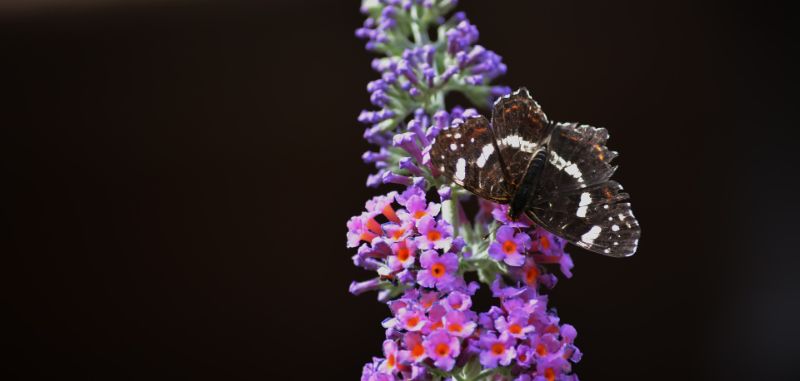
Butterfly bushes, known for attracting pollinators, can be planted in August. These hardy flowering shrubs can grow up to 10 feet tall and thrive in sunny locations.
Selecting Varieties: Choose varieties like ‘Black Knight’ for deep purple blooms. Regular deadheading will encourage more blossoms and promote healthy growth.
Boxwood
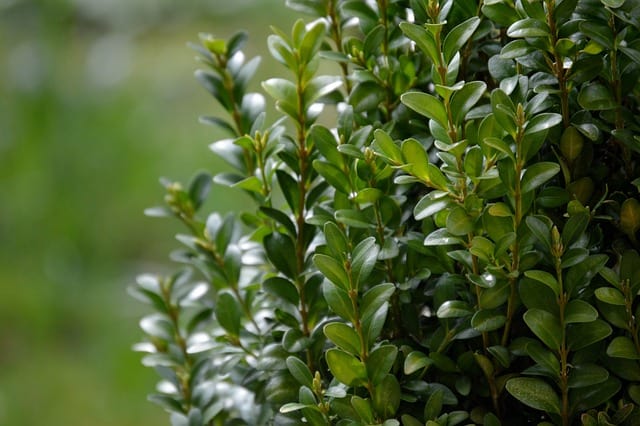
Boxwood is a versatile evergreen shrub that offers year-round interest in any landscape. They can be planted in August, as they prefer to establish roots before the cooler months.
Design Appeal: Boxwoods are often used for hedging or borders, providing structure to landscape designs. They thrive in well-drained soil and require regular pruning to maintain shape.
Viburnum
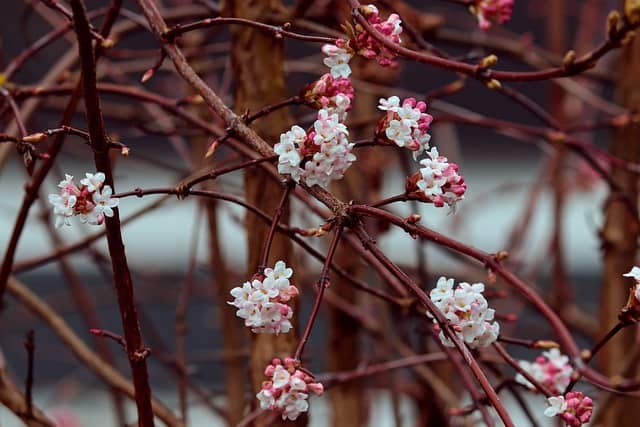
Viburnum varieties can be planted in August, providing both beautiful flowers and aromatic berries that attract birds. They prefer well-drained soils and partial sun.
Landscape Use: These shrubs can be used as privacy screens or windbreaks in gardens. Regular watering during their initial growth phase will pave the way for a healthier plant.
Native Grasses
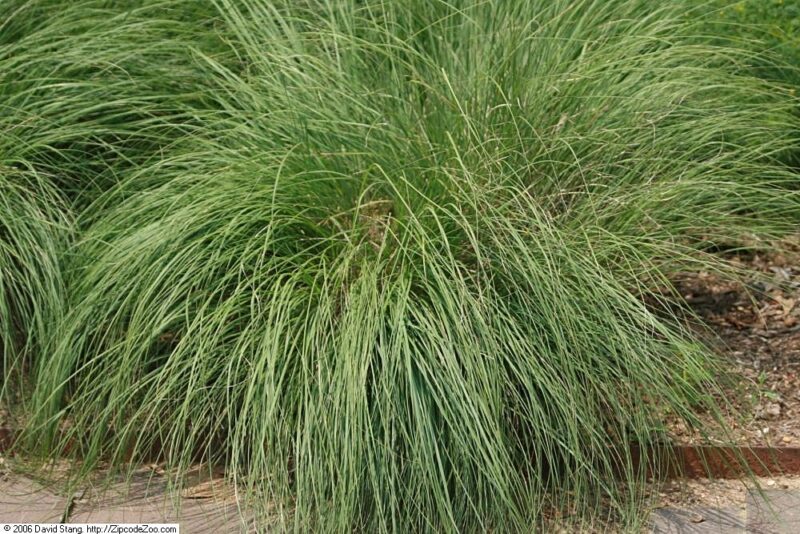
Consider incorporating native grasses, such as Switchgrass or Little Bluestem, into your landscape in August. These grasses are well-adapted to Alabama’s climate and provide shelter and food for wildlife.
Location Matters: Native grasses are drought-tolerant and establish deeply-rooted systems that improve soil health. They thrive in full sun and require minimal maintenance once established.
Red Maple
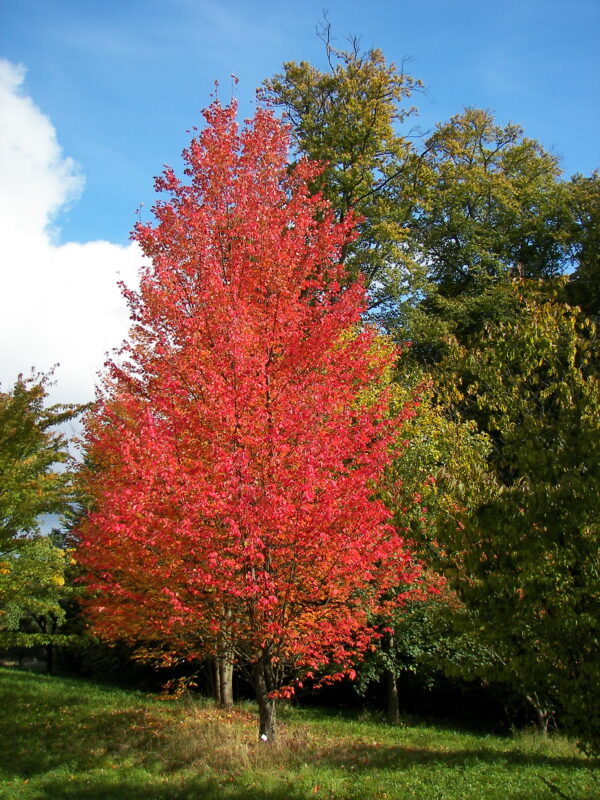
Red maples can be planted in August, especially in northern regions of Alabama. They excel in wetland areas but can endure various soil conditions and provide stunning fall foliage.
Growth Characteristics: Red maples grow rapidly and are excellent shade trees. Be mindful of their water needs, particularly when they are young.


